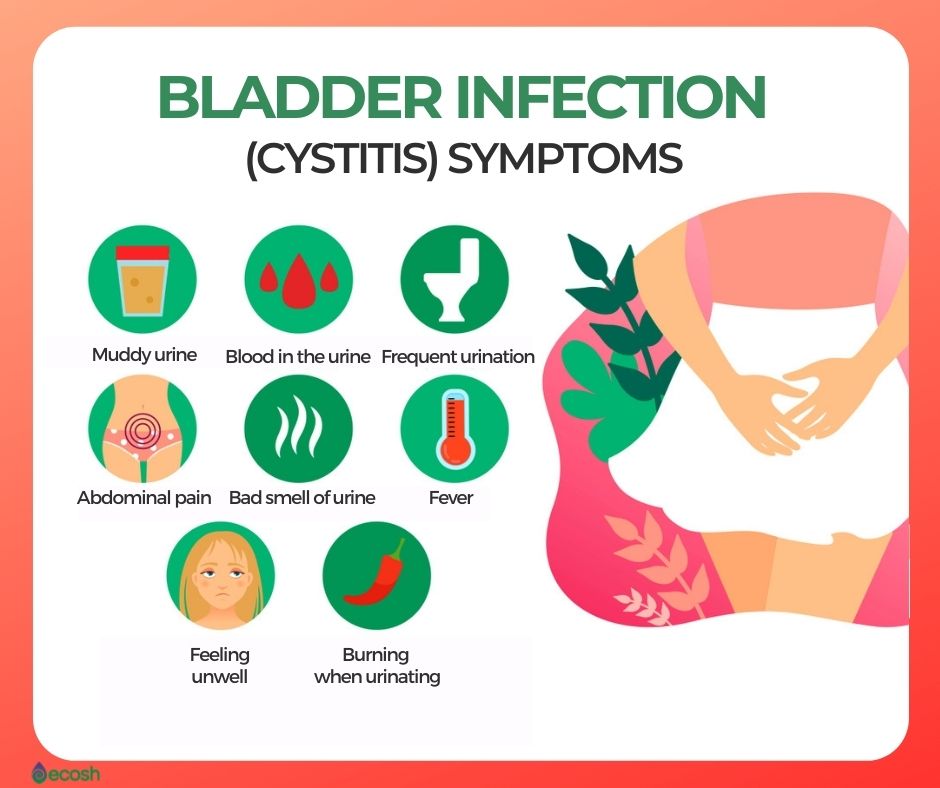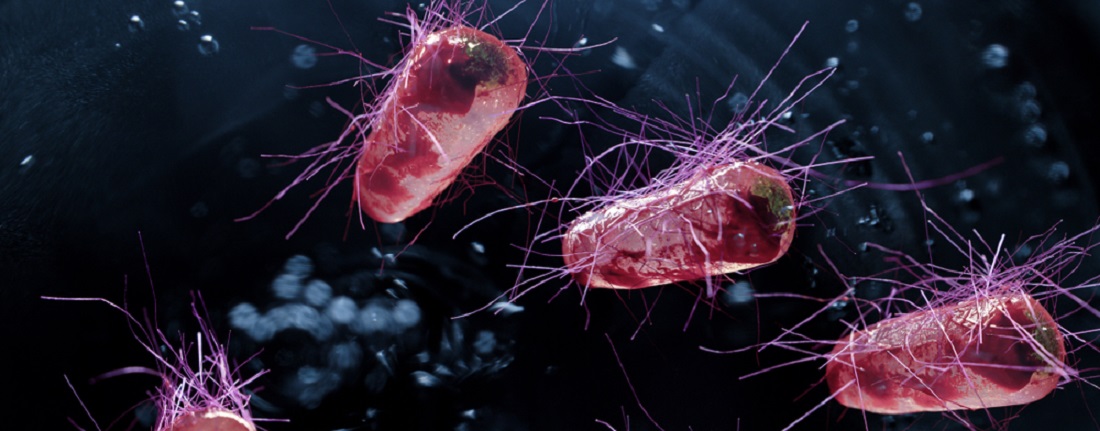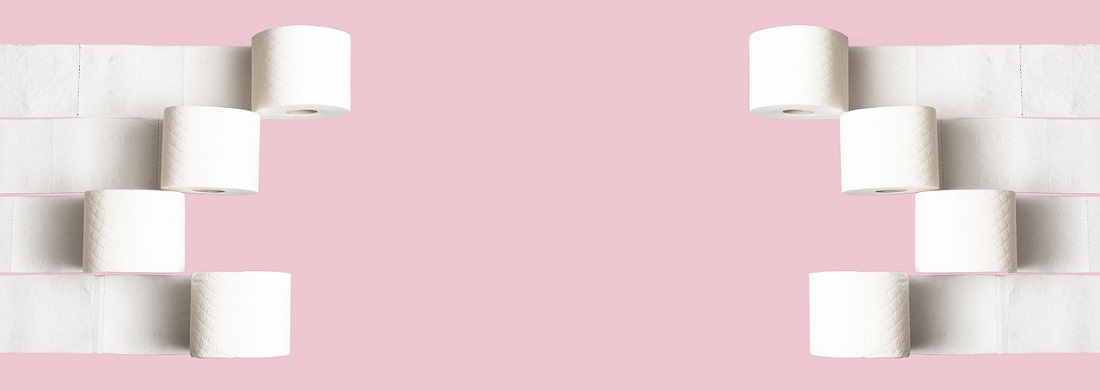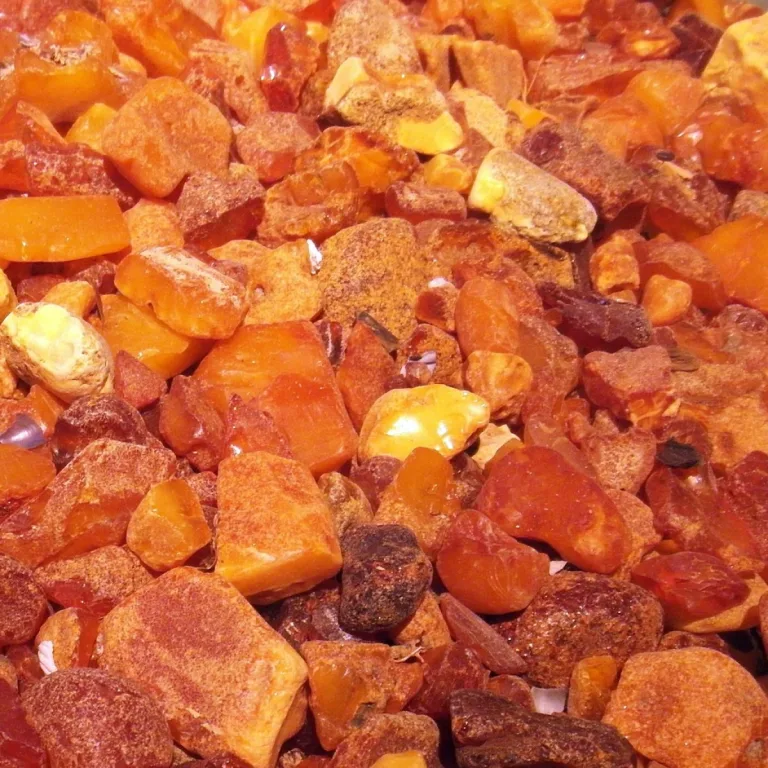A bladder infection (cystitis) is frequently occurring and the most common type of urinary tract infection (UTI) that is usually caused by bacteria (E.coli). In bladder infection your bladder gets irritated and swells up. That’s what causes the annoying symptoms, and can be extremely disturbing, as an uncomfortable feeling in your lower belly, countless trips to the bathroom, and burning sensation every time you pee, have a way of getting your attention.
The prevalence of cystitis in women is 5-7 per year per 100,000. In men, the prevalence is 50-80 per 100000. In the overall population in the United States, the prevalence of urinary tract infections is about 11%, and the frequency of these types of infections increases with age.
Women are more prone to bladder infections than men, and about 50% – 60% of adult women will have at least one urinary tract infection in their life. For about 20% of them, the infection may become recurrent and some suffer from urinary tract infections three or more times a year.
Mostly, bladder infections are more irritating than they are serious, and can be easily treated. But the infection can travel up to the kidneys and lead to more serious problems. Therefore, it’s important that you treat your bladder infection right away.
Conventional medicine usually recommends treating urinary tract infections with antibiotics. For the treatment of recurrent urinary tract infections, antibiotics are prescribed in low doses for daily use for a longer period. However, this increases the risk of developing antibiotic resistance. In addition, antibiotics kill beneficial microorganisms in your body, causing serious health problems (among other problems, women have an increased risk of yeast infection).
Therefore, if you suffer from occasional or frequent urinary tract infections, know that there is also a natural remedy such as D-Mannose available that may help in 85% – 90% of cases (1, 8, 9).

Urinary Tract
The parts of your urinary tract include:
- Bladder: Your bladder is a hollow muscular organ located in your lower belly that stores urine.
- Kidneys: Your kidneys are two reddish-brown bean-shaped organs located on the left and right in the retroperitoneal space that clean waste from your blood and make urine.
- Ureters: Your ureters are thin and small tubes (about 25 cm long), one for each kidney, that carry urine from the renal pelvis to your bladder.
- Urethra: Your urethra is a passageway that carries urine from the bladder to outside of your body during peeing (1).
Types of Urinary Tract Infections (UTIs)
The types of urinary tract infections (UTIs) include:
- Cystitis: Infection of the bladder.
- Urethritis: Infection of the urethra.
- Pyelonephritis: Infection of the kidneys.
- Vaginitis: Infection of the vagina (10).

Bladder Infection Signs and Symptoms – How Do I Know If I Have a Bladder Infection?
The most common signs and symptoms of bladder infection (cystitis) include:
- Pain or a burning or stinging feeling when urinating (a “scalding” sensation).
- Need to urinate more often.
- Often urinating only in small amounts at a time.
- Cloudy urine.
- Urine that smells differently and worse than it should.
- Pain around the pelvis.
- Discomfort in the lower abdomen.
- Blood in the urine.
- Fever, nausea or vomiting, back pain or pain in the side or groin (a sign that the infection might have spread to your kidneys).
- In older people, mental confusion or fatigue (prolonged tiredness) might signal a more severe urinary tract infection.
- In children, accidental daytime wetting that wasn’t happening before, vomiting and a drop in appetite (1, 2).

Bladder Infection (Cystitis) Causes
There are several factors that can lead to bladder infection:
Most of the time (about 90% of the infections), the bladder infections are caused by bacteria E. coli. Everyone has E.coli bacteria living on their intestines and skin, and usually this bacteria does not cause any problems. However, when bacteria get into the urethra, and begin to multiply there, they can finally end up in the bladder and lead to an infection. The cell walls of E. coli are covered with tiny finger-shaped extensions called fimbriae, which allow them to attach to the inner wall of the bladder and even move upwards into the urethra and kidneys. Because these bacteria attach to the urinary wall, they are not as easy to flush out with urine. These tiny finger extensions form from lectin, a glycoprotein that consists of amino acids and polysaccharide chains. This makes them sticky. The lectin in bacterial fimbriae binds to mannose produced by the body’s cells, which covers the mucous membranes of the urinary tract. This mannose allows bacteria to attach to the inner surface of the urinary tract on a velcro basis. What’s worse, if the bacteria travels from the bladder into the kidneys, a more serious problem such as kidney infection may result. Therefore, it’s extremely important to treat bladder infection immediately.
Frequent sexual intercourse, and not urinating straight away after sexual intercourse may also lead to a bladder infection.
Having sex with a new partner.
Allergies. Persistent exposure to allergens shifts your body’s immune system toward fighting an allergen instead of protecting you from viruses and bacteria. Thus, people with allergies are more likely to have frequent urinary tract infections.
Hormonal imbalance. Due to changing hormones, women are more prone to urinary tract infections during puberty or menopause. This is because hormonal changes affect the number of Lactobacilli (which is a good bacteria that helps protect from E. coli colonization) in their vaginas.
Using a tampon or a spermicide and a diaphragm for birth control.
Wiping from back to front after you go to the bathroom.
Changes in the urinary tract.
Diabetes.
Undergoing a kidney or bladder infection within the past 12 months (1, 2, 6, 7).

Bladder Infection Risk Groups and Risk Factors
- Bladder infections are more common in women than men, and there are several reasons for this. For example, the urethra is shorter in women, also it’s close to the vagina and anus, where bacteria live. Therefore, many activities described also above such as wiping from back to front, having sex, putting in a tampon, and using a diaphragm for birth control are all ways bad bacteria may get in urethra.
- When women are pregnant, the baby can press on the bladder, thus preventing it from emptying entirely and giving bacteria a good place to expand.
- Due to decreased estrogen levels after menopause, the lining of the urethra gets thinner and may change the balance of bacteria in the vagina. This however increases the risk of infections.
- In men, the cause of bladder infection is usually a prostate infection or some blockage (like from enlarged prostate or a bladder stone) that can hold back the bladder from completely emptying (1).
When to Contact Your Doctor?
- Call to your doctor immediately if it hurts to urinate and you also have any of the symptoms such as fever, chills, vomiting, bloody urine or belly or back pain, as this may mean possibly life-threatening kidney disease, a bladder or kidney tumor, a prostate infection, or a urinary tract stone.
- You should also contact your doctor if your symptoms return after the treatment.
- Also, if you have discharge from your penis or vagina, as this may signal pelvic inflammatory disease (PID), a sexually transmitted disease (STD), or other serious infections.
- In addition, consult with your doctor if you have continuing pain or a hard time peeing, as this may also signal a vaginal infection, an STD, a kidney stone, prostate enlargement, or even a bladder or prostate tumor. It may also mean that your infection is resistant to antibiotics (1).

Bladder Infection Treatment – Conventional Medicine, Self-Care, Home Treatment and Natural Remedies for Bladder Infection (Cystitis)
Conventional Medical Treatment for Bladder Infection
- Sometimes, mild bladder infections do not need treatment, as they may go away on their own within a few days. However, if it doesn’t go away on its own, you might need antibiotics. How long you need to take antibiotics, depends on the severity of your infection. Usually it is 3-7 days, but in more serious infections it could be 7-10 days.
- For women past menopause, a vaginal cream with estrogen might be suggested (1).
Self-Care, Home Treatment and Natural Remedies for Bladder Infection
There are things you can do at home and herbal remedies you can take that may provide relief. For example:
1. Drink plenty of water, as fluids help flush out the bacteria in your bladder
2. Consume cranberries, blueberries and especially their juices
These contain substances that make it difficult for the bacteria that causes urinary tract infection to stick to the lining of the bladder and urinary tract. However, note that cranberries are commonly used for bladder infection prevention and may not be the best treatment for severe infection.
3. Eat garlic, as it may naturally eliminate bad bacteria that cause urinary tract infections
4. Take probiotics (good bacteria)
Probiotics might also be another great natural remedy for bladder infections, as they may help fight off bad bacteria also in the urinary tract. You can obtain probiotics from foods like yogurt and sauerkraut or supplements.
5. Avoid caffeine, alcohol, and spicy foods, as these can all worsen your symptoms
6. Avoid sexual intercourse
7. Pay attention to your eating habits, because the less carbs, sugar, preservatives you eat, the better
8. If you have serious pain, take a pain reliever
9. Enjoy a 15- to 20-minute warm bath
10. You can use heating pads on your lower belly or lower back to relieve any pain you are having during a bladder infection
11. Take D-Mannose
D-Mannose is a natural sugar which is designed to support, purify and protect the bladder and the urinary tract. In most cases, urinary tract infections can be successfully treated without antibiotics using only D-Mannose. Therefore, in case of urinary tract infections and cystitis, you should first try D-Mannose. Remember, D-mannose is only helpful for urinary tract infections caused by E.coli bacteria. But they account for 90% (or even more) of infections.
D-Mannose does not interfere with blood sugar regulation, even in diabetics. Nor does it upset the balance of the body’s normal microflora. D-mannose is safe even for pregnant women and infants. In less than 10% of cases where the infection is not caused by E. coli, there is enough time to start antibiotic treatment.
Dr. Jonathan Wright, who is the Medical Director of Tahoma Clinic in Tukwila, Washington, and an author of “D-Mannose and Bladder Infection: The Natural Alternative to Antibiotics” was one of the first who used D-Mannose in the treatment of UTIs already 20 years ago, and his experience in treating 200 patients has shown that D-mannose is effective in 85-90% of cases.
He explains that taking D-mannose binds to the E. coli bacterium so that it can be successfully flushed out with the urine. When large amounts of D-mannose are taken, most of it enters the urine through the kidneys and covers all the E. coli cells there, so that they can no longer attach to the inner walls of the bladder and urinary tract.
In this way, the E. coli bacterium is washed out of the urinary tract during normal urination. D-mannose also helps with acute urinary tract infections, to prevent recurrent infection in women who are prone to it, and to prevent post-intercourse urinary tract infection.
Dr. Wright recommends the following doses for acute urinary tract infections:
- For active urinary tract infections: 1 teaspoon (about 2 g) for adults and 2 capsules or 1/2 to 1 teaspoon (0.5-1 g) for children dissolved in a glass of water and taken in every two to three hours. Take for 2–3 days after your symptoms pass. You can continue with a preventive dose of just one teaspoon per day. There is no need to continue D-Mannose after your symptoms clear up.
- To prevent urinary tract infections that usually happen after some trigger (such as having a sex or taking a tub bath): If possible, take one dosage one hour before, and another dosage immediately after the activity (1, 3, 4, 5, 6).

Bladder Infection Prevention
By using D-Mannose and following the suggestions below as soon as symptoms appear, most urinary tract infections can be prevented or even treated. However, inflammation of the kidneys can sometimes occur despite preventive measures. If you suspect kidney inflammation (symptoms include fever and pain in the back, side, groin or abdomen), you may need to see a doctor and take antibiotics to prevent the infection from spreading to the kidneys, where it can become life-threatening and lead to kidney loss.
What else can you do for a healthy urinary tract besides taking D-Mannose? As urinary tract problems are much more common in women than in men, the recommendations below are for women.
Although there’s no absolutely sure method to prevent a bladder infection, by following these tips and using the D-Mannose supplement, it is possible to create an environment in the urinary tract that promotes the growth of good bacteria and helps keep bad bacteria away:
- Avoid scented soaps, bubble baths, powders, sprays and other hygiene products that contain perfumes. These may irritate your intimate area.
- If you feel the need to urinate, do so, and do not delay going to the bathroom.
- Clean the intimate area before and after sexual intercourse, and if possible, pee straight away after having sex.
- When urinating, try to empty your bladder entirely.
- After going to the bathroom, always wipe your bottom gently from front to back. This helps to prevent bad bacteria getting into the urethra and finally the bladder.
- Drink enough liquids such as cranberry juice and pure water, as according to some studies, cranberry juice may be helpful in preventing a bladder infection. The color of your urine indicates whether you have consumed enough liquids. The brighter the better.
- Consult with your doctor about other birth control options if you are using spermicide or diaphragm.
- Cotton underwear and nonbinding, loose clothing does not trap moisture and heat. Therefore you may want to wear these
- Prefer to take a shower over a bath.
- Avoid hot tubs and jacuzzis.
- An infrared sauna with dry air is best.
- Use unbleached and unscented toilet paper.
- In addition, if possible, prefer to use a bidet over toilet paper (1).
Based on Science, D-Mannose Might be as Effective as Antibiotics in Preventing Urinary Tract Infections
According to studies, D-Mannose might be as effective as antibiotics in treating recurrent urinary tract infections. For example, in the study of more than 300 women with recurrent urinary tract problems, the women were divided into three groups: the first group received 2 g of D-Mannose over six months, the second 50 mg of antibiotic and the third no treatment at all.
Only 15% of those receiving D-Mannose had a recurrent urinary tract infection, compared with 20% of women receiving antibiotics (both outcomes were significantly better than those not receiving treatment). However, there were significantly fewer side effects in the D-Mannose group than in the antibiotic group (11, 12, 13).
NB! The information provided here is for informational purposes only, so do not consider it as health care or medical diagnosis and treatment. Do not consider this information as a guarantee of the results you want to achieve. In addition, do not take this information as a replacement for the advice of your physician or other healthcare professional.
Even more, you should not use it to diagnose or treat a health problem. Before changing or discontinuing your existing medication, treatment, or care, or taking any dietary supplements, be sure to consult with your healthcare professional or doctor before starting any diet or program, or if you suspect you may have a medical condition.
Written by Maria-Helena Loik
Pictures: Pexels.com, Picabay.com, Shutterstock.com
Sources:
- What Are Bladder Infections? What Causes Them? (webmd.com)
- Bladder infection: Causes, treatments, and remedies (medicalnewstoday.com)
- 7 of the Best Natural Remedies for Bladder Infections (coastalurgentcareruston.com)
- Efficient and Cost-Effective Alternative Treatment for Recurrent Urinary Tract Infections and Interstitial Cystitis in Women: A Two-Case Report (nih.gov)
- Using garlic to combat antimicrobial resistant urinary tract infections — ScienceDaily
- Dr. Wright’s Protocol: D-Mannose And SSKI For UTI Treatment – Stop UTI forever
- Estrogen and UTI prevention – Stop UTI forever
- An introduction to the epidemiology and burden of urinary tract infections (nih.gov)
- Cystitis epidemiology and demographics – wikidoc
- Urinary tract infections (UTI) – Better Health Channel
- Use of d‐mannose in prophylaxis of recurrent urinary tract infections (UTIs) in women – Altarac – 2014 – BJU International – Wiley Online Library
- Oral D-mannose in recurrent urinary tract infections in women: a pilot study – D Porru, A Parmigiani, C Tinelli, D Barletta, D Choussos, C Di Franco, V Bobbi, S Bassi, O Miller, B Gardella, RE Nappi, A Spinillo, B Rovereto, 2014 (sagepub.com)
- 2920-2925-D-mannose: a promising support for acute urinary tract infections in women. A pilot study (europeanreview.org)


